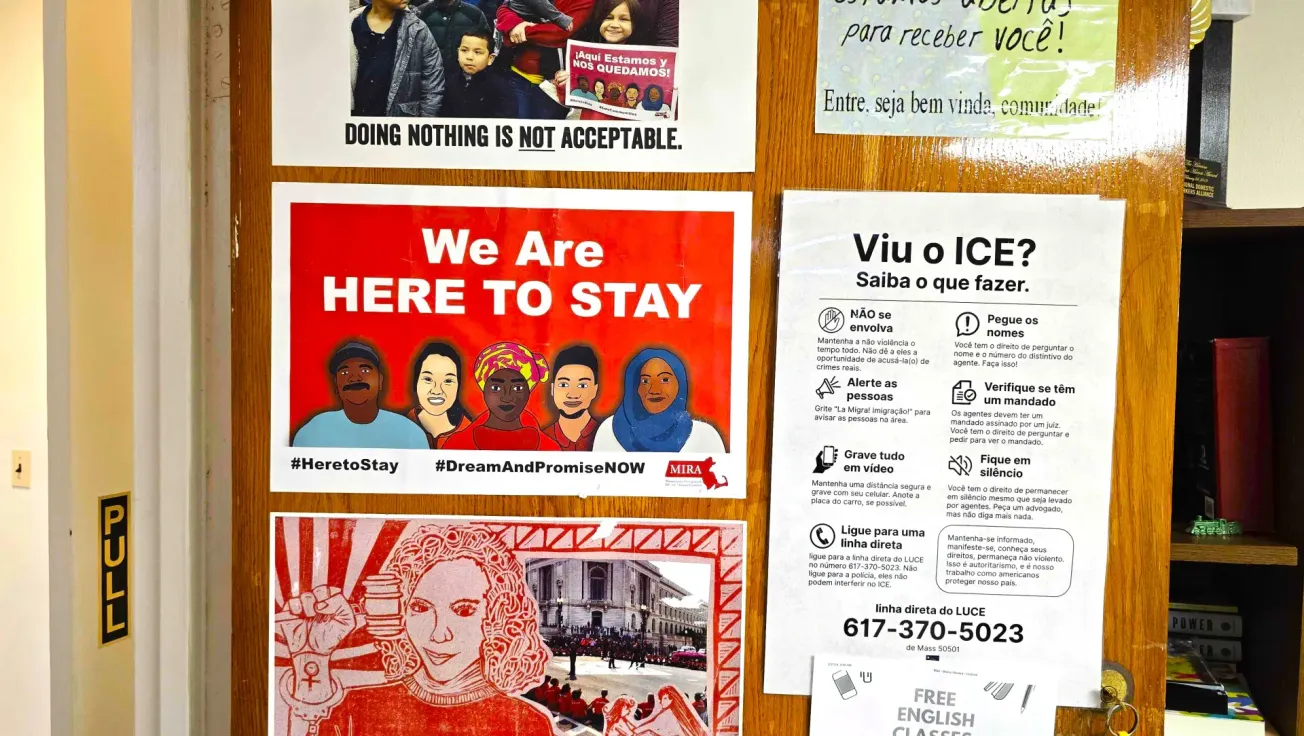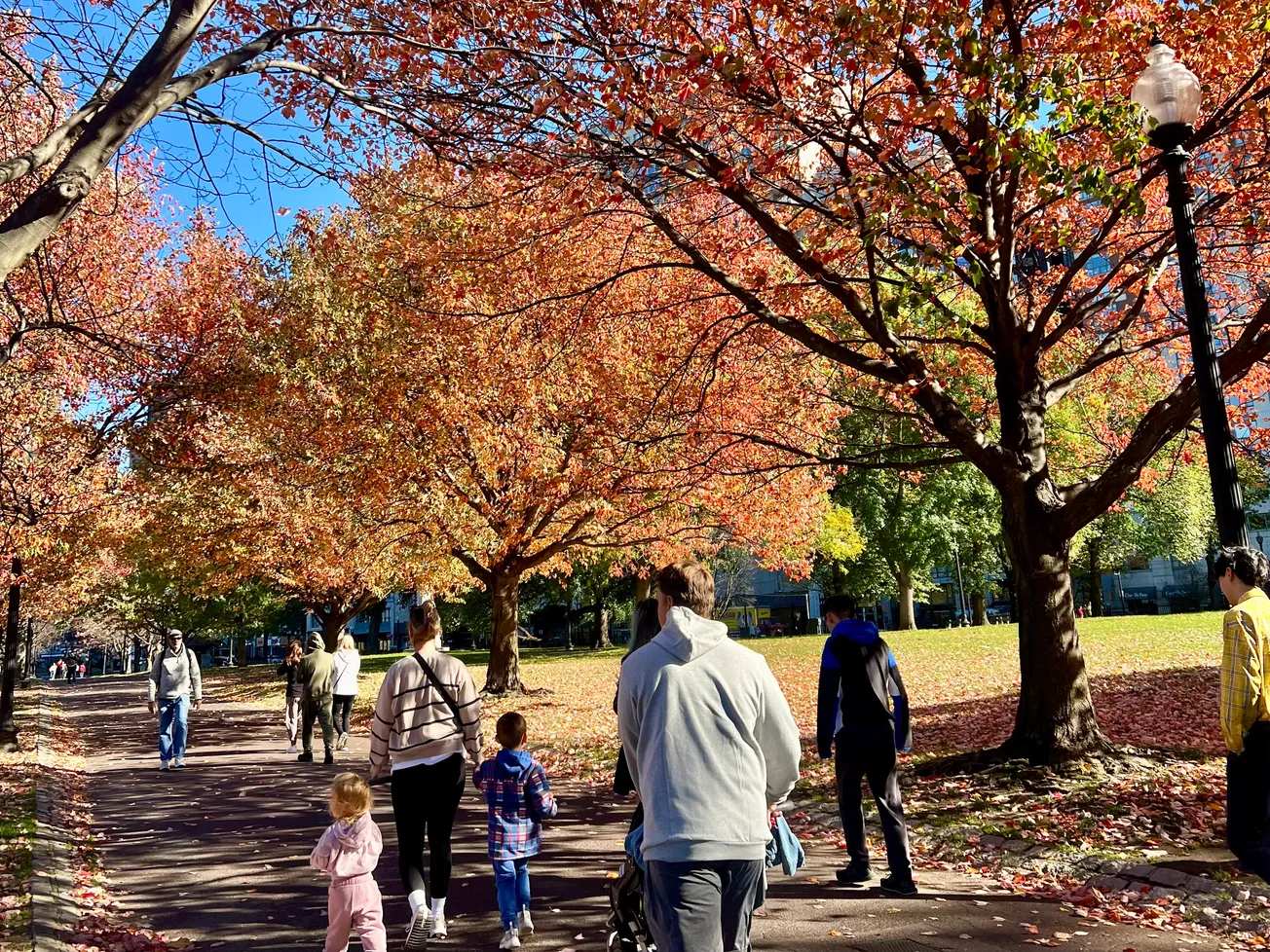The fiery musical In The Heights took Boston by storm during its recent run at the Boston Opera House. Most spectators, myself included, greatly enjoyed the dynamism and energy of the cast and the unusual blend of musical genres. Latinos, unaccustomed to seeing themselves represented in theater, embraced this show as proof of grand accomplishment. Now that the winds have settled, it is time to take a closer look at the themes and issues raised and whether or not this show delivers redemption for a community greatly underrepresented and misrepresented in the performance arts.
Haga click aquí para leer este artículo en español
In the Heights, unlike previous Broadway productions like West Side Story and The Capeman, portrays Latinos in a positive light but it only goes so far in its attempt. The show must resort to a predictable story and sterilized neighborhood to stay positive, which does wonders for mindless entertainment but leaves us complacent and accepting less than what we deserve. It would be presumptuous to expect a Broadway musical to obliterate the stereotypes that plague the Latino community, but we must not be blind to them and learn to recognize them.
The choice of name for the lead character (Usnavy) made for good laughs, but it is absurd to suggest that a Caribbean immigrant in the last several decades, regardless of provenance, would be ignorant of the US Navy and what it implies. The name is an unoriginal spin on Pedro Juan Soto’s «Usmail» (which dates to 1959) about the struggles of Puerto Rican immigrants and meant as an ironic statement of their displacement. The name is also used in a similar context in «The Dirty Girls Social Club» by Alisa Valdes-Rodriguez. In the end, this name perpetuates the idea that Latinos are uneducated and unaware of current affairs.
It appears that the subjects of machismo and the objectification of women are so embedded in our psyche that no respectable production featuring Latinos can do without, and In the Heights is no exception. Although they try to temper the themes with the character of Vanessa shunning the cat calls from admirers, the position of women as objects of beauty is palpable and uncomfortable. The character of Nina carries all the entire community’s hope of success and struggles immensely with the pressure of being the «smart» one. A pressure that proves too hard for her to bear. I can’t help but think of the disservice we do to our young girls who -oftentimes- think that being beautiful is far more important than being studious and that one doesn’t mesh well with the other.
So as not to disappoint expectations, In the Heights also obliged us with the gossipy women de rigueur in any Latino production. She made me laugh, for sure, but I was disappointed all the same with the predictability and lack of vision.
The story also tries to tackle a controversial issue by opening some racial wounds with the romance between Benny and Nina and her parents’ disproval. I applaud In the Heights for surfacing a very real and ugly face of the Latino community that struggles within itself with issues of racism and classism brought on by their own history and racial wounds.
The story isn’t without its positive themes, of course. The idea of «patience and faith» was very powerful and woven throughout the story and speaks to how Latino immigrants, generally, have held on to their faith as a way to cope with the hardships of their new home. It was also very moved by the «Abuela» who served as matriarch, historian, and was the glue that kept the neighborhood together. The &l





